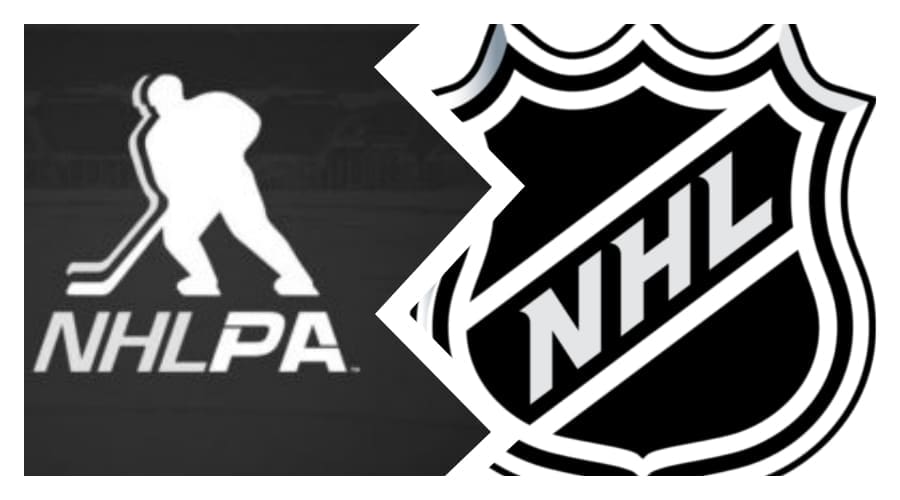NHL
Players Expected to Lose 10%; Explaining Escrow & Why Players Hate It

The final numbers are not yet in, but our colleague Adrian Dater of Colorado Hockey Now is reporting that players are expected to lose about 10% of their salary from last season as part of the escrow provision of the collective bargaining agreement. That’s a sizable chunk of change which the NHL owners will keep, thus adhering to the 50/50 revenue split as agreed in the last CBA. If the players do lose 10%, it is no wonder why the players despise the NHL escrow deal and why it has become the central issue in the coming labor negotiations next month.
Cue ominous music.
For a real-world example, Pittsburgh Penguins winger Patric Hornqvist has a $5.3 million cap hit. However, he doesn’t make $5.3 million. The salary cap is based on expected hockey-related revenues (HRR) for that season. So, each June the owners and the NHLPA decide the salary cap based on projected HRR. Per the last CBA in 2012, the players and owners share revenues 50/50, but the player’s salaries are static while the revenues and the salary cap fluctuate annually.
Enter escrow, which is an account held by a third party for the purpose of legal distribution when a matter has been resolved.
Continuing our example, the league puts some of Hornqvist’s paycheck in an escrow account. Based on various research and reports, it is believed the owners put about 10% of the player’s salary in that escrow account last season, which would be about $530,000 for Hornqvist.
The two parties set the salary cap at $79.5 million for 2018-19. However, it appears that revenues fell well short of hoped gains, despite NHL Commissioner Gary Bettman’s proclamation, “We’re having healthy growth.”
So, to balance the players and owners 50/50 split of revenues, the escrow money is given to the side which is short of their 50/50 take. It just so happens that every year, the owners get most of the escrow. In several seasons, the owners share of the escrow account has been onerous. After several seasons, it has exceeded 12%. For last season, Hornqvist will receive only $4.77 million, minus taxes and athlete expenses such as agent commissions.
Just imagine losing 10% of your salary because the company overestimated revenues. Again. As a side note, that is why the salary cap increase was nearly flat for next season; the NHLPA wanted a small escrow.
The anger of lost escrow money effectively killed the World Cup of Hockey for 2020, as players geared up for September CBA negotiations. Jonathan Toews told the CBC, “A. escrow and B. escrow,” when asked the biggest issues in the coming negotiations.
The escrow discussion, or at least how to better calculate the salary cap each June so that players aren’t waving goodbye to sizable piles of money they thought were theirs, also has the anticipated 2022 Winter Olympics in China in limbo.
It seems little more than a footnote now, but the NHLPA is able to exercise a Cap Inflator, which would raise the salary cap by about 5% if the players expect revenues to rise beyond the owner’s projections. Things went the opposite way for 2019-2020.
And, In theory, the players could reap rewards if revenues soared past projections. But since that has never happened, it remains little more than academic theory.
The escrow discussion is unlikely to lead to another lockout, as players are not disputing the 50/50 revenue split. New Jersey Devils goalie Corey Schneider summed it up to the AP in June, “I don’t know if we’re going to eliminate it. Obviously, we’ll figure that part out. But at least some way to mitigate it or control it better for us just to know what to expect.”
The players aren’t yet asking for guaranteed money but better ways to plan and budget. Simply knowing what your salary will be each year seems to be a reasonable request.












